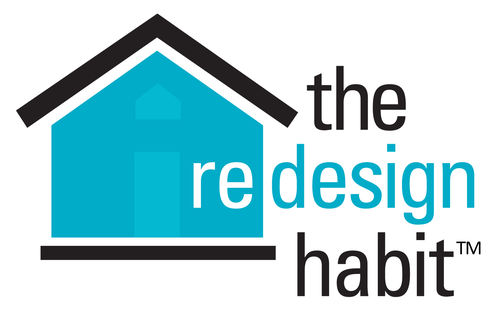The Three Most Important Considerations for Redesigning a Room in Your Home
Redesigning a room in your home can be fun, invigorating, rewarding and…overwhelming. However, in this blog you will learn how to enjoy the fun, invigorating and rewarding parts and overcome that overwhelming part. The secret if to focus on these three factors -- what I consider to be the three most important aspects of any successful redesign project. Nailing these three will give you confidence that your room will deliver the satisfaction you’re seeking.
Important 3 Factors For a Successful Room Redesign
Factor #1: Function to Ensure Your Room Meets Your Activities
When redesigning a room, functionality should always come first. If you haven’t heard it before, one of the biggest rules of interior design (and pretty much all design) is “Form Follows Function,” meaning figure out the function and make sure all of your choices support that function or functions you need that room to provide. So before you dive into choosing colors or furniture shopping, think long and hard about how the room will be used. Questions to ask: What activities will take place here? Who will be using this space? What potential future uses should I plan to accommodate?
For example, if you're redesigning your living room, will you use it for family gatherings, entertaining guests, or relaxing with a book? A room designed for entertaining might need more seating, a focal point like a fireplace or television, and easy access to snacks and drinks. On the other hand, a living room designed for relaxing activities such as reading will require comfy seating with good lighting. By focusing on functionality, you’ll create a room that not only looks great but also serves its intended purpose effectively.
Factor #2: Layout and Space Planning to Optimize Flow and Comfort
A well-thought-out floor plan is crucial to a room’s comfort and usability. Space planning involves arranging furniture and other elements in a way that optimizes flow, maximizes space, and enhances the room’s ability to function properly.
Start by considering the size and shape of the room. Large, open spaces might benefit from zoning, where different areas are designated for specific activities, like a meditation nook or a media corner. In smaller rooms, you'll want to avoid clutter and choose multifunctional furniture that won’t overwhelm the space.
Think about how people will move through the room. Pathways should be clear, with enough space to move about without feeling cramped. And when arranging furniture, consider its relationship to the room’s focal point, whether it's a fireplace, a window with a view, or a piece of art. The goal is to create a balanced and harmonious floor plan that feels natural and inviting.
Factor #3: Style and Cohesion to Create a Unified Look
Once functionality and layout are addressed, it's time to focus on style. Your redesigned room should reflect your personal taste while also feeling cohesive with the rest of your home. For instance, if your home has a modern aesthetic, a bohemian-style room might feel out of place. Instead, look for ways to incorporate elements that tie the room to the rest of your home, whether through similar materials, colors, or design details.
Whether you prefer the clean lines of contemporary design, the warmth of rustic decor, or the minimalism of Scandinavian interiors, consistency is key. And to bring out the best in your chosen style, leverage a color palette that complements it, ensuring that your furniture, fabrics, and accessories all work together to reinforce the theme.
Finally, don’t forget to add personal touches – artwork, photos, or unique decor items can bring character and warmth to the room, making it truly your own.
Final Thoughts
Whether you’re making minor updates or undertaking a complete overhaul, these considerations will help guide your design decisions and lead to a successful and satisfying transformation, and I hope this blog will help you better understand how you can use these three important factors on your next home project.
Now, what will you do next to love where you live?
Please feel free to reach out to us at The Redesign Habit and ask questions or simply share a project that you are working on or have completed.
For more great stories and ideas please follow us on Facebook and Instagram.



